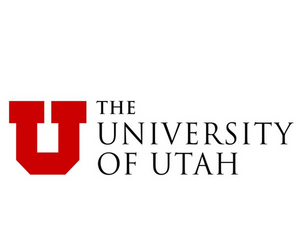University of Utah Team Conducts Study on Airflow at Abravanel Hall
The team was led by scientists Tony Saad and James Sutherland, both of which have background in music.

A team at the University of Utah recently conducted a study on the airflow at Abravanel Hall to help identify the COVID-19 risk for performances for the Utah Symphony, KUER reports.
The team was led by scientists Tony Saad and James Sutherland, both of which have background in music. Saad studied classical guitar, where Sutherland is a member of the Tabernacle Choir at Temple Square.
"Each instrumentalist and instrument emit different numbers of particles, different sizes of particles. And so we did our best to try to address that and capture that in these simulations," Sutherland said. "Where those particles go is strongly influenced by the local airflow patterns on the stage, and that's really dictated by the ventilation system. And then looking at how we might mitigate risk by moving instruments to improve the capture of these droplets by the airflow system out of the stage area."
Saad says that the easier option for the Symphony would be to manipulate the air conditioning system and slightly over-pressurize the chamber and open the doors on the stage left and stage right to let some air move out.
They also moved the performers around a bit to account for the best airflow and ventilation.
"With the data and the analysis that we're providing them, they are actually entertaining new pieces that will contain winds," Saad said. "So that remains to be seen. Although when we were invited for the final touches rehearsal, we noticed that they had the doors open and that was very - it gave me a warm, fuzzy feeling in my heart."
Read more on KUER.
Comments
Videos

